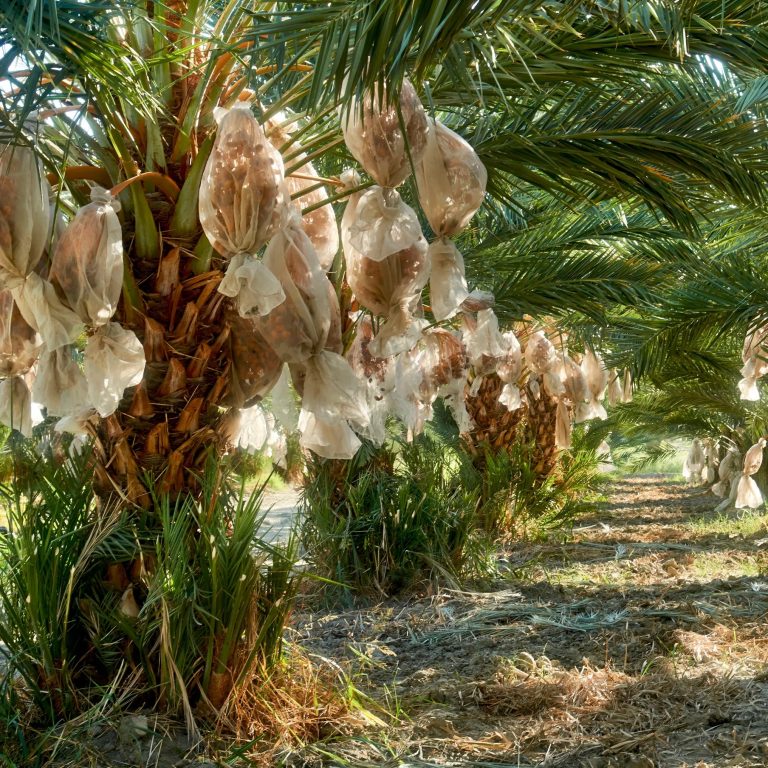Iranian Dates: A Culinary and Cultural Delight
Iran, known for its rich history and diverse cultural heritage, is also renowned for its exquisite variety of dates. Dates hold a special place in Iranian culture, cuisine, and economy, making them a significant part of daily life in the region.
Cultivation and Varieties
Iran’s favorable climate and soil conditions make it an ideal location for date cultivation. The country produces a wide range of date varieties, each with its unique taste, texture, and color. Some popular Iranian date varieties include Mazafati, Piarom, Zahedi, and Kabkab.
Health Benefits
Dates are not only delicious but also packed with essential nutrients. They are a good source of energy, fiber, vitamins, and minerals. Dates are known for their natural sweetness and are often used as a healthier alternative to sugar in various dishes and desserts.
Culinary Uses
Dates play a prominent role in Iranian cuisine, where they are used in both savory and sweet dishes. They are commonly enjoyed on their own as a snack, added to desserts such as Halva and Ranginak, or used in savory dishes like stews and rice pilafs.
Cultural Significance
Dates have deep cultural roots in Iran and are often associated with hospitality and generosity. They are traditionally offered to guests as a symbol of welcome and are an essential part of celebratory feasts and religious gatherings.
Economic Importance
Date cultivation is an important sector of Iran’s agricultural economy, providing employment opportunities for many Iranians. Iran is one of the leading producers of dates globally, with exports contributing significantly to the country’s economy.
Conclusion
Iranian dates are not just a nutritious fruit but a symbol of tradition, hospitality, and culinary excellence. Their rich flavor, versatility in cooking, and cultural significance make them a treasured ingredient in Iranian cuisine and a source of pride for the country.

